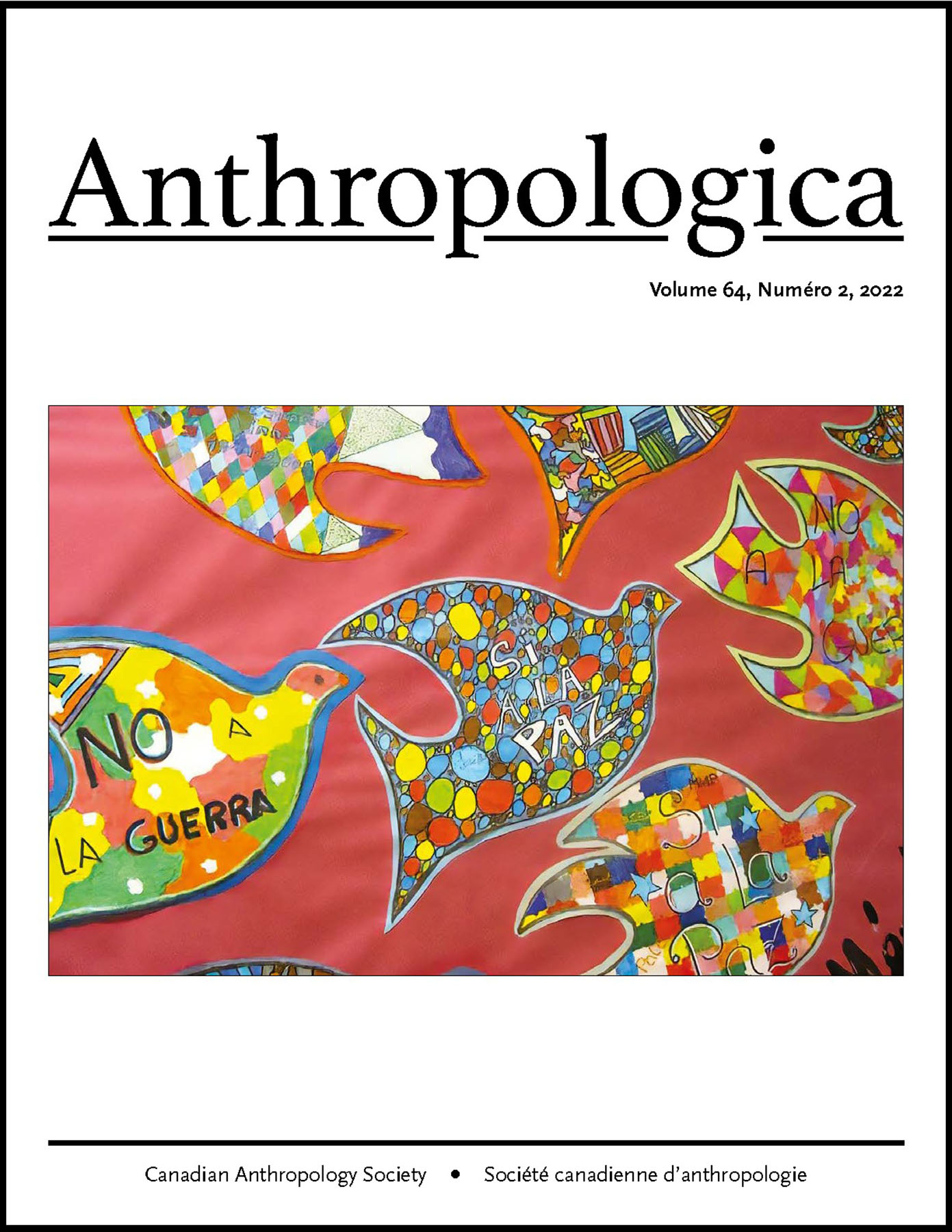With climate change near the forefront of our contemporary anxieties, new books (academic and otherwise) highlighting various aspects of environmental degradation are not in short supply. Liboiron’s Pollution is Colonialism proves a meaningful addition to this conversation by being both deeply theoretical and refreshingly practical, subverting some of the prevailing scientific narratives about environmental pollution without in any way reducing the sense of importance or urgency about the topic. Pollution is Colonialism sits at the intersection of science studies, Indigenous studies, and feminist scholarship, challenging so-called “universal” mainstream scientific practices in exchange for downscaled, anti-colonial ones. Liboiron, founder of the Civil Laboratory for Environmental Action Research (CLEAR) at Memorial University in Newfoundland, draws on their experiences pulling plastics out of fish guts in the Newfoundland marine environment. The book offers a call-to-action to reexamine and change the methods and taken-for-granted assumptions that have come to define scientific practice and cause disproportionate harm to Indigenous peoples and other marginalized groups. The introduction sets the stage for the themes that will surface throughout the book. Part of this stage-setting is carefully situating CLEAR’s work in the context of Newfoundland and Labrador, the land on which the laboratory sits. Liboiron’s attention to specificity here is a practical enactment of the asserted importance, running throughout the book, of one’s relations and obligations to the land. These obligations are always specific, not universal. The reader thus gets a sense of the ways in which the geographic setting influences the research being done. This is a thread that will be woven throughout the rest of the book: a challenge to the so-called universality of dominant science that considers a method or theory that works in one place will work everywhere. This introduction serves as a primer on several themes that will recur often throughout the rest of the book, such as (anti)colonialism, incommensurability, and obligation. In Chapter 1, Liboiron develops the argument that is the book’s title: pollution (or at least modern environmental pollution) is colonialism. Pollution, as it currently plays out at the hands of corporations, assumes ownership and access to land as a resource, denying the relationships that already exist with that land. A large part of this chapter explores the widely-accepted notion of assimilative capacity, which argues that pollution of the environment is acceptable up to a certain threshold. Liboiron challenges the logic of this assumption, wrapping it in a broader discussion of land, resources, extraction, and the dangerous assumption of access to pollute others’ lands and bodies. The evidence for the claims offered in this chapter is a mix of scientific data and personal anecdotes from CLEAR’s lab and Liboiron’s advocacy work. The issue of environmental pollution is couched within both the scientific and the social. Graphs about oxygen replenishment rates in rivers sit alongside broader theoretical questions about land and property, working together to paint a multi-faceted picture of the colonial implications of pollution. Chapter 2 starts and ends with a question: What is a chemical? Much of this chapter is filled with data that highlight the alarming salience of harmful chemicals in our environments and bodies. Plastics, we are left to conclude, might be killing us. Yet Liboiron subverts the expected doomsday rhetoric with a twist: Plastics, too, are “Land” in the sense that they form relations and blur the lines between people and their environments. Plastic contamination, the book argues, must sit within a larger conversation about reproductive justice, taking into consideration the ways people already live in relation to their environments. Again, concrete scientific data about plastic, mostly coming directly out of CLEAR’s lab, are coupled with theorizing …
Liboiron, Max. Pollution is Colonialism. Durham: Duke University Press, 2021, 197 pages[Record]
…more information
Leah Mernaugh
University of Victoria

